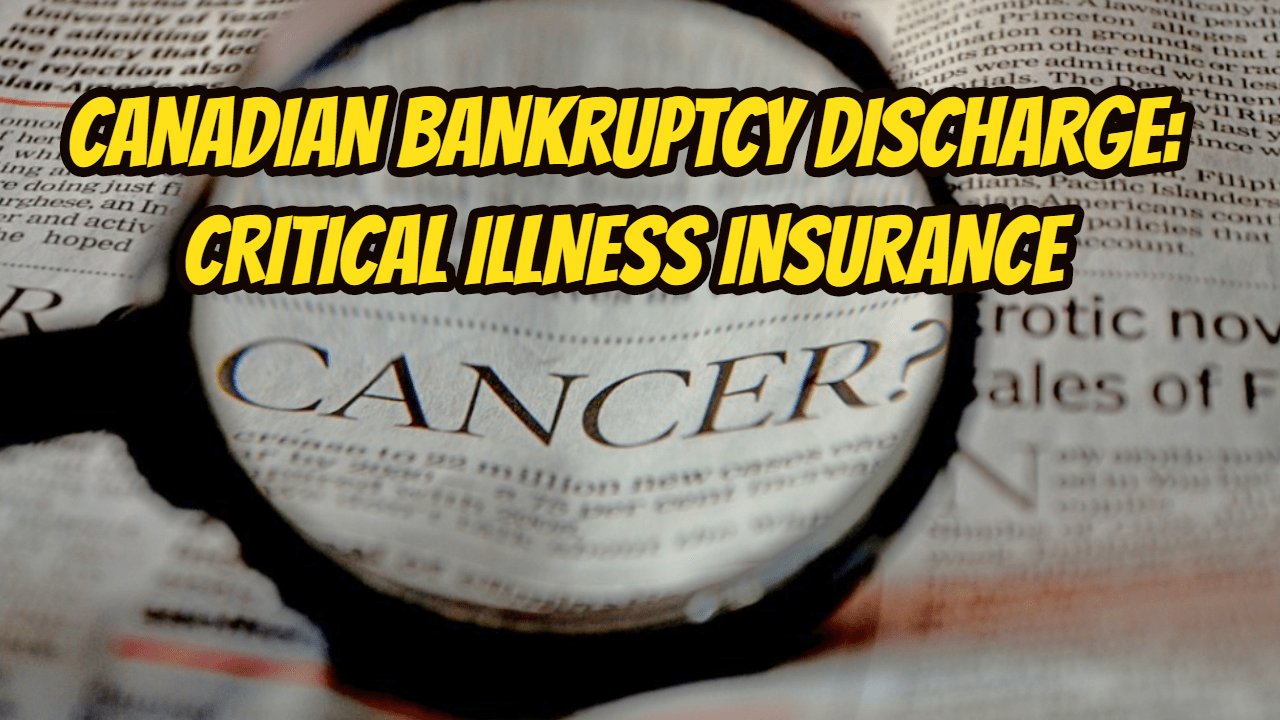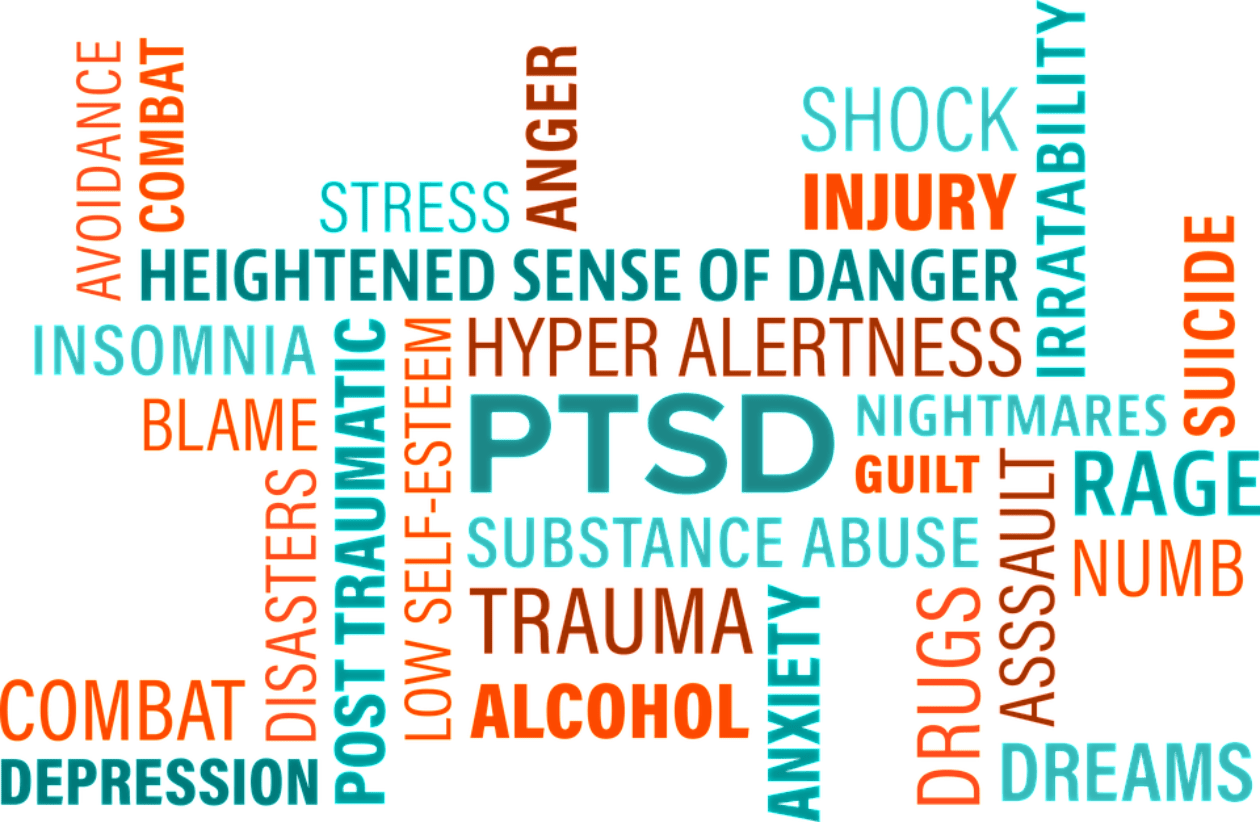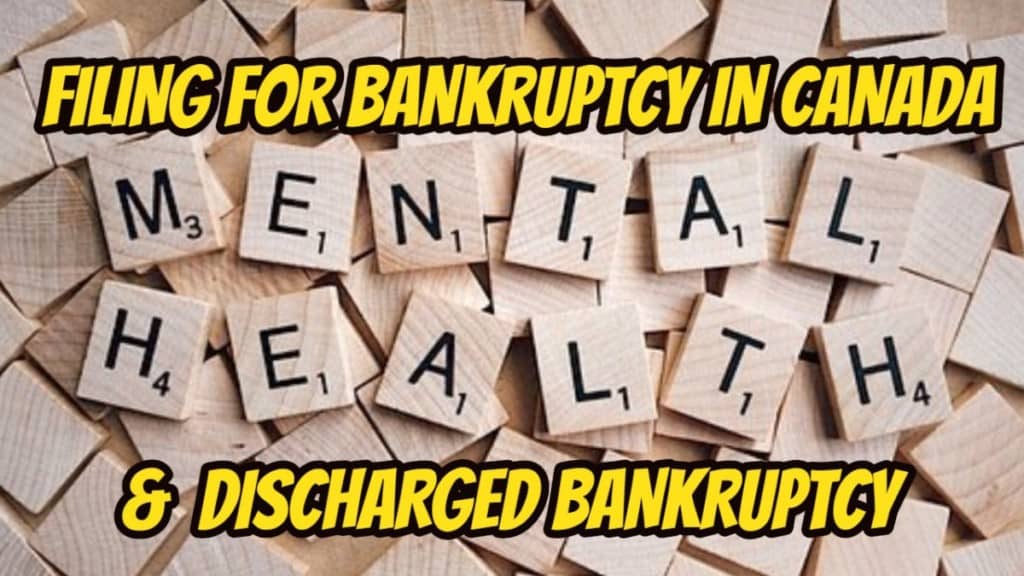Introduction
Last month, I wrote about the decision in the decision of the Registrar in Bankruptcy sitting in the Court of Queen’s Bench of Alberta in Edmonton. The case, Morrison (Re), 2019 ABQB 521, dealt with the issue of student loan bankruptcy discharge Canada.
What happens to student loans if you declare bankruptcy?
This was an application according to s. 178( 1.1) of the Bankruptcy and Insolvency Act (R.S.C., 1985, c. B-3) (BIA). As a whole, student loans cannot be released by a bankruptcy discharge where the date of bankruptcy took place within seven years after the day on which the bankrupt ceased to be a full time or part-time student.
However, Section 178( 1.1) of the BIA, permits after 5 years after the day on which the bankrupt, with student loan debt ceases to be a part-time or full-time student, the Court may, on an application, order that such financial debt will be released. For such Canada student loan forgiveness, the Court needs to be assured that:
- the bankrupt person has really acted in good faith about their commitments under their student debt loan agreement
- the bankrupt will remain to experience financial difficulty to such an extent that the bankrupt will be unable to pay that financial debt
The appeal of the Registrar’s decision
I won’t go into all of the details leading up to Ms. Morrison’s bankruptcy. If you want to read about it, check out my September 4, 2019, Brandon’s Blog, CANADA STUDENT LOAN FORGIVENESS: BANKRUPTCY TREATS STUDENT LOANS FAIRLY.
The Registrar discovered that the timing of when Ms. Morrison filed for bankruptcy compared to the seven-year cut-off was very close. The bankrupt’s key interest and her intent at the time of meeting with the Trustee were to get a discharge from all of her creditors on equal ground. The Registrar decided that Ms. Morrison did not seek bankruptcy to avoid only her student loan debt but rather to deal with every one of her debt problems.
There was obviously miscommunication between Ms. Morrison and her Trustee. The problem was that the miscommunication aggravated her specified objective.
The federal government did not oppose the discharge. The Registrar decided that her student loan debt should be discharged. He made a conditional order of discharge taking everything, including her surplus income, into consideration.
Both Canada Student Loans (CSL), as well as Ontario Student Loans (OSL), appealed the Registrar’s decision to a Judge of the Court of Queen’s Bench of Alberta. The reason OSL was involved was that her education was in Ontario. She later moved to Alberta to pursue work opportunities.
The Commercial Court’s review of a Registrar’s decision
The Judge first considered what is the proper criteria he needs to use. He determined that when it comes to the Commercial Court’s review of a Registrar’s decision, the Judge stated that the criteria that need to be followed are:
- findings of fact are deserving of deference unless there is an overriding and palpable error;
- questions of the law and matters of principle are reviewed on the standard of accuracy and correctness;
- concerns of mixed fact and law exist along within a range in between the above 2 requirements;
- a mistake in characterizing or thinking about the correct legal examination to be used attracts accuracy; and
- in order to disrupt a discretionary determination, the reviewing Court needs to discover that the Registrar erred in principle or in law or failed to think about an appropriate aspect or took into consideration an inappropriate factor, resulting in a wrong conclusion, thus allowing the assessing Court to use its discretion to replace the Registrar’s findings.
The Judge’s review of the Registrar’s decision
The provision of the BIA that Ms. Morrison applied under is Section 178(1.1) of the BIA. That section states:
“Court may order non-application of subsection (1):
(1.1) At any time after five years after the day on which a bankrupt who has a debt referred to in paragraph (1)(g) or (g.1) ceases to be a full- or part-time student or an eligible apprentice, as the case may be, under the applicable Act or enactment, the court may, on application, order that subsection (1) does not apply to the debt if the court is satisfied that
(a) the bankrupt has acted in good faith in connection with the bankrupt’s liabilities under the debt; and
(b) the bankrupt has and will continue to experience financial difficulty to such an extent that the bankrupt will be unable to pay the debt.”
The Judge stated that as the legislation indicates, the determination of whether either of the called for parts of “good faith” and “financial difficulty” is established is contextual and fact-specific. It is based upon considering all aspects of the particular situation. Also if pleased that the requisite elements are present, the Court still maintains a discretion to decline the granting of such relief.
Can you put student loan on bankruptcy – Good faith
The Registrar’s finding was that Ms. Morrison’s actions evidenced an underlying behaviour of good faith but that objective was overborne by life getting in her way. The Judge accepted the part that life got in her way might be real in regard to the very early post-student years of 2008-2014. However, he decided that starting in 2014 she began to make a relatively decent living, yet made no effort to start to repay her student loan debt.
The Judge analyzed Ms. Morrison’s behaviour once she started earning a better income in 2014 and her statements concerning why she filed for bankruptcy. He also remarked that it was plain from her rancour and annoyance directed at her Trustee because her strategy to have bankruptcy free her from her student loan debt failed. She felt the Trustee did not advise her properly on the timing of the bankruptcy as related to when she ceased to be a full-time or part-time student. She was upset that she had this student loan bankruptcy discharge Canada issue.
The Judge then reviewed what are the things he must consider in trying to determine good faith. He stated that the relevant cases suggest, good faith that has to be shown in order for the application to succeed connects to the loan, not the bankrupt’s general behaviour throughout the bankruptcy. He said the things he must consider are as follows:
- whether the student loan financing was used for the desired purpose;
- did the person complete the financed education;
- has the education obtained provide financial gain to the bankrupt;
- were reasonable attempts made to clear up the student financial debts;
- has the person actually used available alternatives, such as interest relief or loan remission;
- the timing of the bankruptcy;
- do the student loan debt comprise a considerable component of the total debt;
- did the applicant get enough work and earnings to be reasonably expected to make payments on the loan;
- the way of life of the applicant;
- whether the applicant had adequate income for there to be surplus income under the Superintendent of Bankruptcy’s directive;
- what offers the bankrupt might have made to the lending administrators and their reactions; as well as
- whether the bankrupt was hampered at any time with health problems which would have either reduced the amount the person could work or entirely eliminate the possibility of working.
In weighing all these factors, the Judge was of the view that what counted against Ms. Morrison was her absence of initiative in attempting to repay the debt on some basis. The Judge also found that, notwithstanding that Ms. Morrison has struggled both personally and financially, and had a run of rotten luck, this could not excuse her from failing to make any attempt to repay the student loans.
Therefore, the Judge disagreed with the Registrar. He found that she did not meet the test of acting in good faith.
How can I get my student loans forgiven in Canada – financial difficulty
Both CSL and also OSL contended that financial difficulty, unlike the Registrar’s conclusion, has not been proven as Ms. Morrison’s own evidence shows she has the ability to make some repayment towards the debt. CSL likewise suggested that the Registrar decreased the statutory limit for financial difficulty by finding that the evidence need only show that settlement will provide a hardship to her rather than revealing the bankrupt will be unable to pay the debt.
Section 178(1.1)(b) of the BIA states regarding financial difficulty:
“the bankrupt has and will continue to experience financial difficulty to such an extent that the bankrupt will be unable to pay the debt.”
The Judge took this section to indicate that, for the present as well as in the foreseeable future, the bankrupt’s financial position will not allow them to genuinely both pay their debts and subsist in an affordable method.
Therefore, in His Honour’s view, the idea of a settlement of student debt may well entail some challenges or hardship. It is just when the difficulty would deny an individual a level of practical subsistence that the “financial difficulty” aspect of this section comes into play.
Student loan debt Canada forgiveness – The decision on appeal
The Judge agreed with CSL that the Registrar had lowered the bar on the determination of financial difficulty from what is intended in the BIA. He also found that Ms. Morrison has some capacity to make some contribution towards retiring the student loan debts concerned. The evidence also showed that CSL and OSL were open to some sort of repayment offer.
Accordingly, the Judge determined that the demands of s 178( 1.1) have actually not been met by Ms. Morrison and her original application is unsuccessful. Therefore, he reversed the Registrar’s decision and allowed the appeal of CSL and OSL.
The Judge further ordered that she is, nevertheless, at liberty to make a re-application (in this bankruptcy) no earlier than one year from the date of his decision. He further stated that any re-application will need to be supported by proof of good faith in relation to any kind of settlement to either CSL or OSL as well as her full disclosure of her financial position at that time.
The Judge said he did not wish to “pile on”, so he did not order any costs to be paid.
Student loan bankruptcy discharge Canada summary
I hope that you have found this student loan bankruptcy discharge Canada information useful. Do you have way too much debt? Before you reach the phase where you can’t stay afloat and where financial restructuring is no longer a viable alternative, contact the Ira Smith Team.
We know full well the discomfort and tension excessive debt can create. We can help you to eliminate that pain and address your financial issues supplying timely, realistic and easy to implement action steps in finding the optimal strategy created just for you.
Call Ira Smith Trustee & Receiver Inc. today. Make a free appointment to visit with one of the Ira Smith Team for a totally free, no-obligation assessment. You can be on your path to a carefree life Starting Over, Starting Now. Give us a call today so that we can help you return to an anxiety-free and pain-free life, Starting Over, Starting Now.







